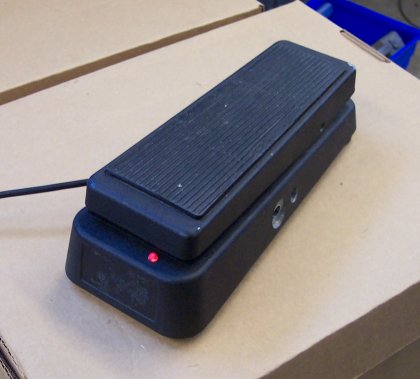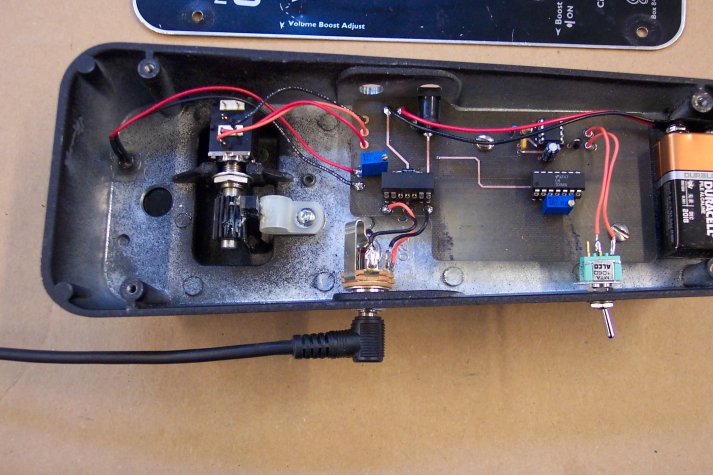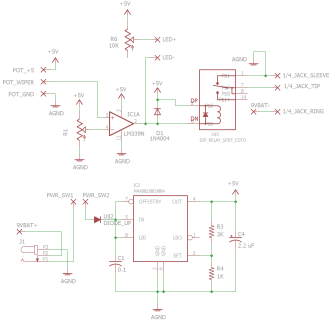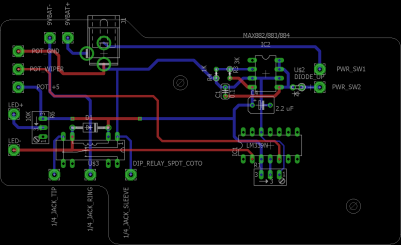

| Continuum Fingerboard /\ | ||
|
Check out my YouTube channel. |
On the Continuum it is very difficult to play fast passages in tune with fast half-step transitions between notes. It tends to add a portamento effect to successive notes that are only a half-step apart.
The Round Rate function on the Continuum was designed to cause the notes to slowly drift into tune as you hold them. Its speed of drift can be set for values of 0-127: at 0, the notes do not drift into tune at all, and at 127, they drift in instantly. The playing surface becomes totally discrete in pitch like a normal keyboard.
In 2006 I came up with the idea of using a pedal to control the Round Rate function where pushing the pedal made the Round Rate go to 127. With that arrangement, you can push the pedal down for fast scalar passages, then let it up when you want to do a vibrato or a slide. Lippold incorporated this function into the Continuum's firmware, calling it the Instant Round function.
After a while, I settled on using a rocker pedal for this function instead of a footswitch. This way you can leave your foot on it constantly which makes it easier and less tiring to operate. I had mine set up in Reaktor software so that when the pedal was rocked all the way forward, the Instant Round function would be on, but would go off if you rocked it back just slightly, rather than going off in the middle of the pedal's travel. This allows even faster operation because you don't have to move the pedal as far. Since this offset threshold capability isn't in the Continuum's firmware (and I didn't want to keep bothering Lippold with requests for firmware changes) , I programmed my Instant Round function inside Reaktor rather than use the Continuum's built-in Instant Round.
In the summer of 2016 I thought it would be cool to build a rocker pedal especially for this purpose that wouldn't require Reaktor processing to make it work and could be plugged directly into a MIDI controller or Continuum with foot pedal jacks and act the same way. So I took the chassis of a Dunlop wah pedal and modified it for this purpose. A Dunlop pedal works well because it has short pedal travel and room inside for a circuit board.

|

|
The output of the pedal is just the normally-closed tip of a reed relay; to the Continuum it looks like a foot switch. Inside is a simple voltage divider circuit using the wah pedal's potentiometer, and a trimpot and analog comparator to turn the relay on and off when the pedal reaches an adjustable position. The pedal can be run from a typical 9V guitar pedal power supply or off a 9V battery. Most importantly, there is an LRL (LITTLE RED LIGHT) on top that lights up when the pedal is activated (not conducting = Instant Round Function On). There is another trimpot to adjust the LEDs brightness. I used a Max882 voltage regulator because it lowers 9V to 5V without drawing a lot of current.
I designed the PCB with Eagle. Here are the schematic and PCB diagrams.

|

|
I built two of these pedals, and I've been using them to control different areas of the Continuum's surface when driving my Reaktor big band synthesizer for my Virtual Jazz Orchestra.